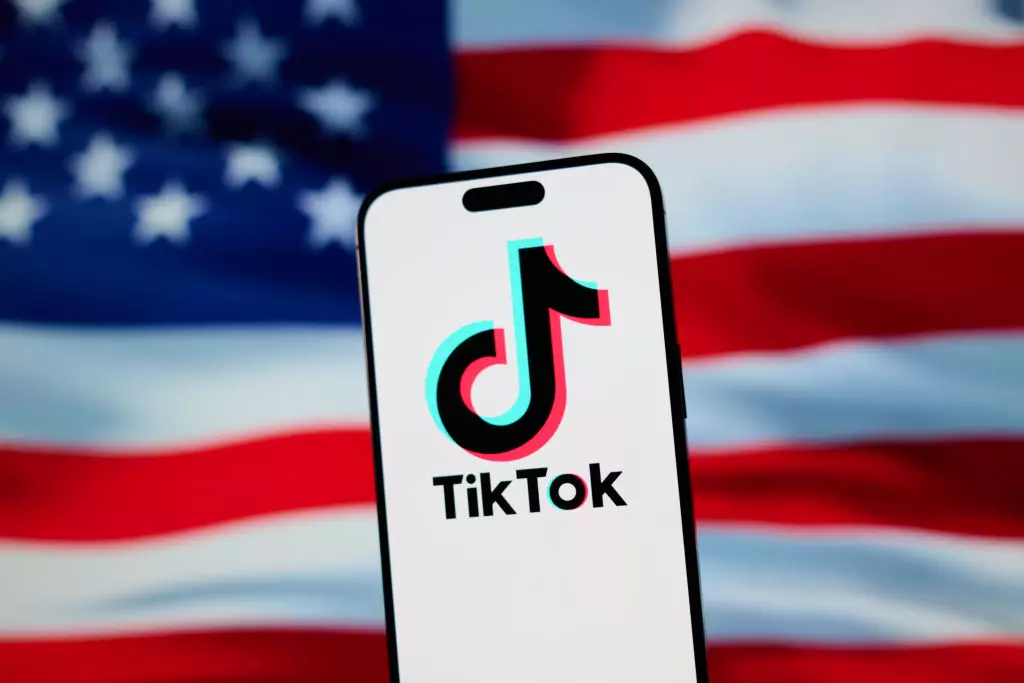On January 18, major tech giants Apple and Google made a bold move by removing TikTok from their app stores, effectively banning the popular social media platform in the U.S. The decision was driven by concerns related to national security, which prompted scrutiny of TikTok’s ownership by ByteDance, a Chinese company. This action also affected other applications associated with ByteDance, including the video editing app CapCut and the social networking app Lemon8. The suspension lasted for over 25 days, leaving users in limbo, while the tech companies sought to adhere to regulatory expectations.
The Return of TikTok
Fast forward to February, TikTok was finally reinstated on both the App Store and Play Store, marking a crucial turning point in its tumultuous journey. Following the reinstatement, Apple uncharacteristically published a support document detailing their reasoning for the removal and subsequent restoration of TikTok, although it later deleted this document. Users who had previously uninstalled TikTok faced challenges in downloading the app due to its absence from the stores. To mitigate this, TikTok incentivized Android users to sideload the app from its website, showcasing the platform’s commitment to retaining its user base.
The political landscape surrounding TikTok has been anything but stable. Former President Donald Trump’s administration introduced an executive order demanding that ByteDance sell TikTok to an American entity within a 75-day window or face a complete ban. Trump’s proposal included the concept of a joint venture that would provide the U.S. with a substantial share in the app, as well as launching a U.S. sovereign fund to potentially facilitate the acquisition. The backdrop of political maneuvering adds a layer of complexity to TikTok’s presence in the U.S., as it becomes a pawn in broader geopolitical struggles.
In the wake of uncertainty surrounding TikTok’s future, competitors have been quick to seize the moment. Platforms like X and Bluesky have rolled out vertical video feeds aimed at capturing the audience that TikTok cultivated. Simultaneously, Meta has entered the fray with a video editing app designed to rival CapCut, which could siphon off some of TikTok’s creative user base. These strategic moves signal that even amid turmoil, the appetite for short-form video content remains strong, but the competition is becoming fiercer.
Despite the disruptions, TikTok’s recovery has been impressive. Data from Cloudflare Radar suggests that TikTok’s traffic had rebounded to nearly 90% of pre-ban levels. Moreover, analytics firm Sensor Tower reported that TikTok was the second most downloaded app in the U.S. last year, racking up an impressive 52 million downloads. This resilience indicates that TikTok has not only retained its user base but continues to attract new users even in the face of challenges.
The reinstatement of TikTok in the U.S. app stores is a crucial development for the platform and the entire app ecosystem. While the app now faces immense scrutiny and competition, its ability to recover rapidly from a significant setback underscores its importance in the digital landscape. As political and competitive pressures continue to evolve, how TikTok navigates this ever-changing environment will be pivotal in determining its long-term fate in the U.S. market.

